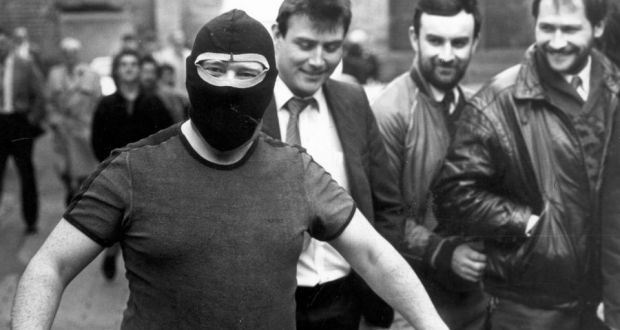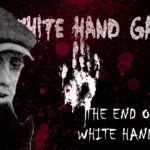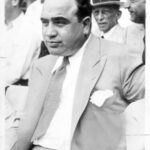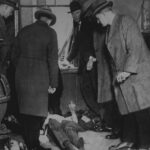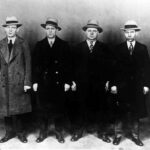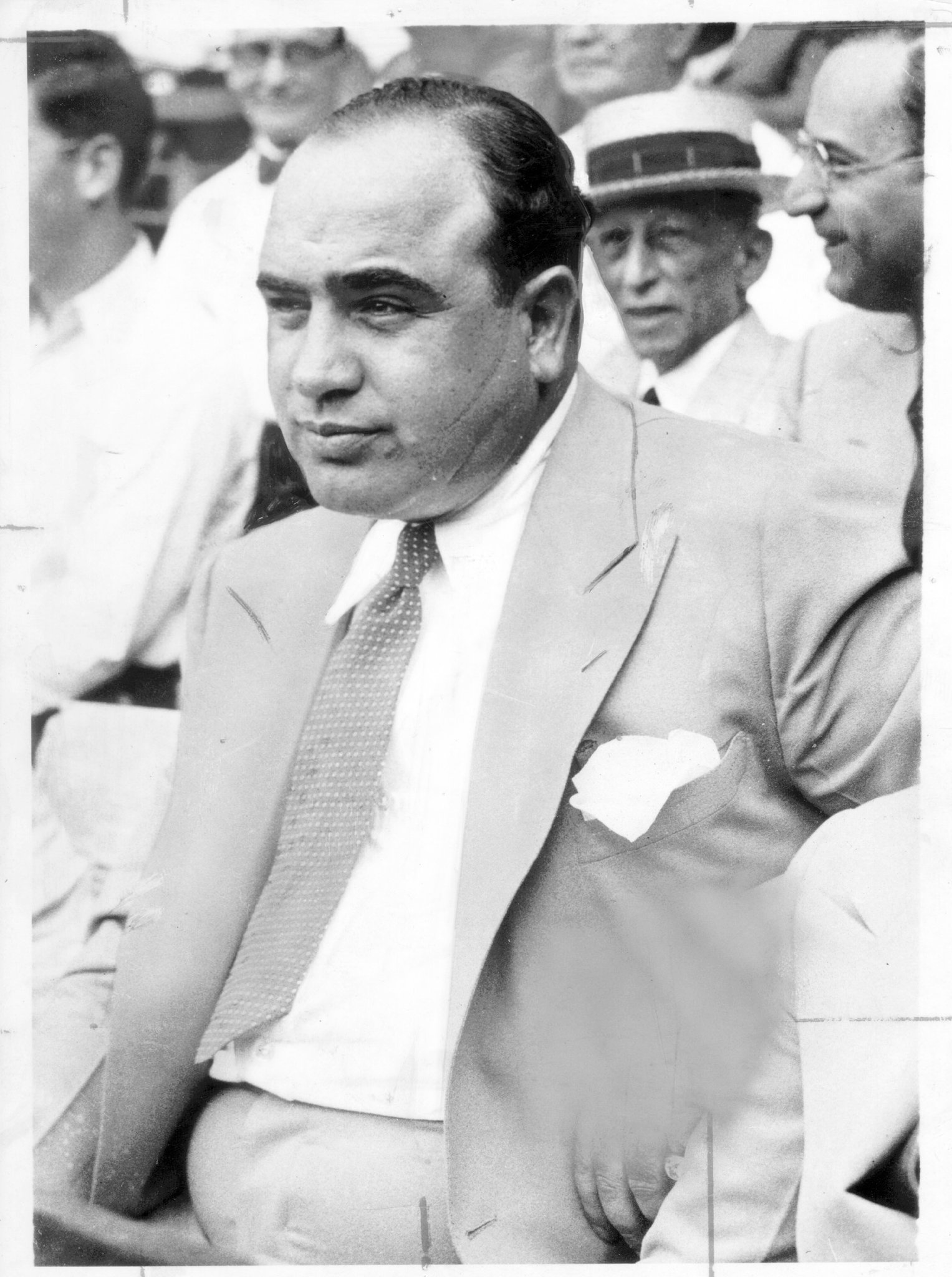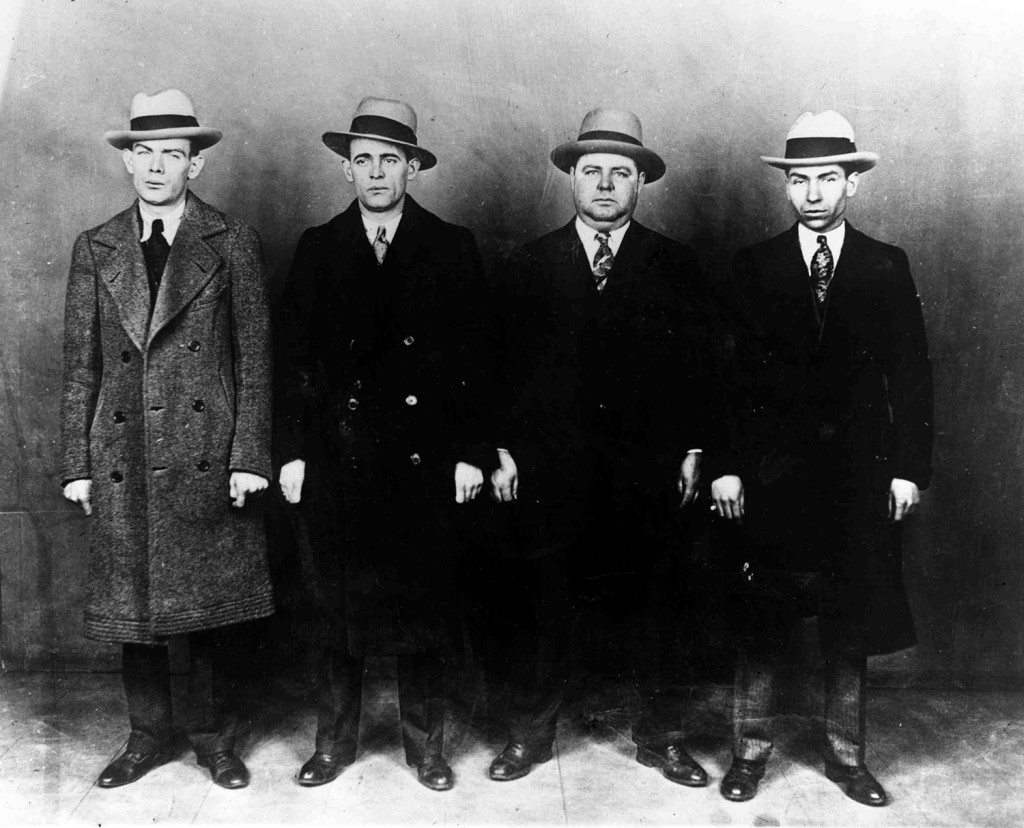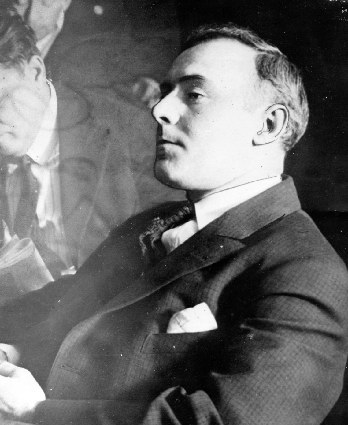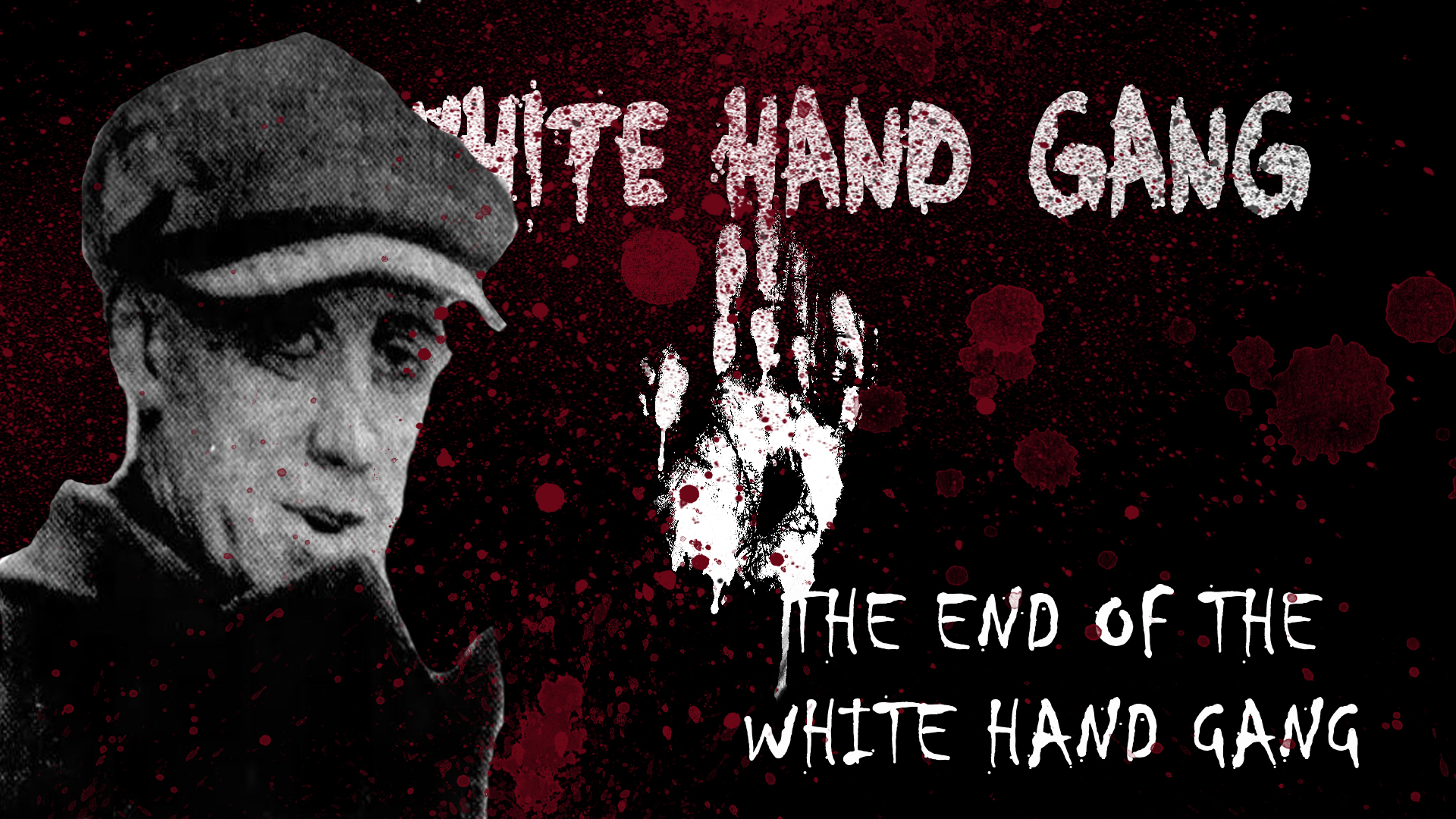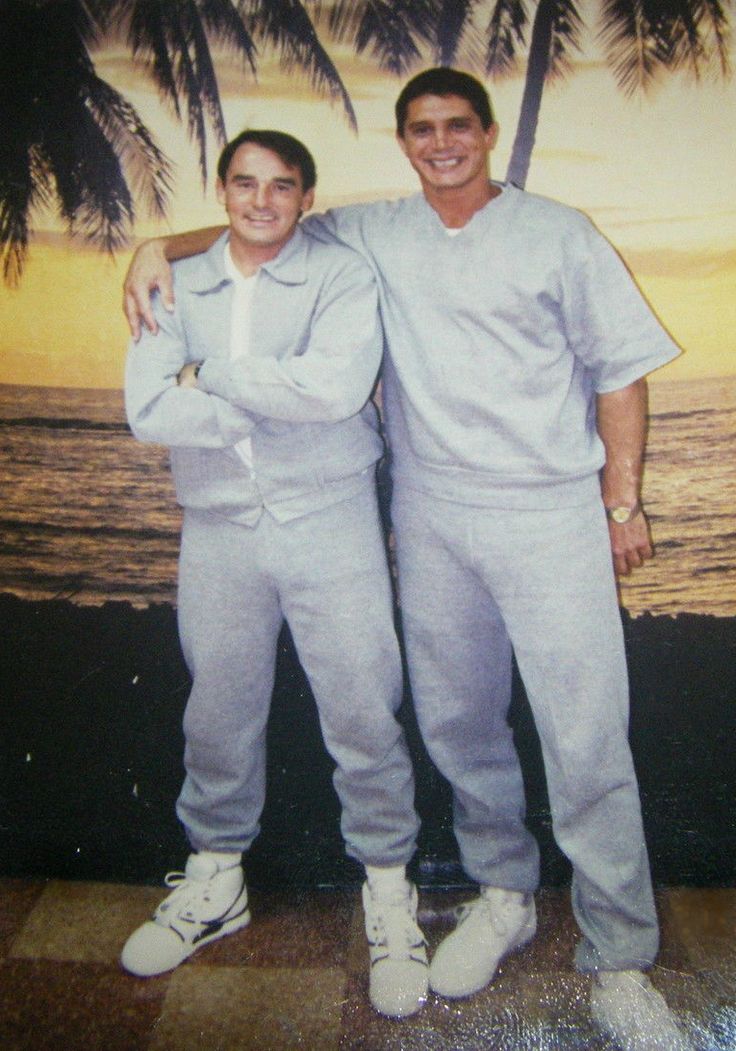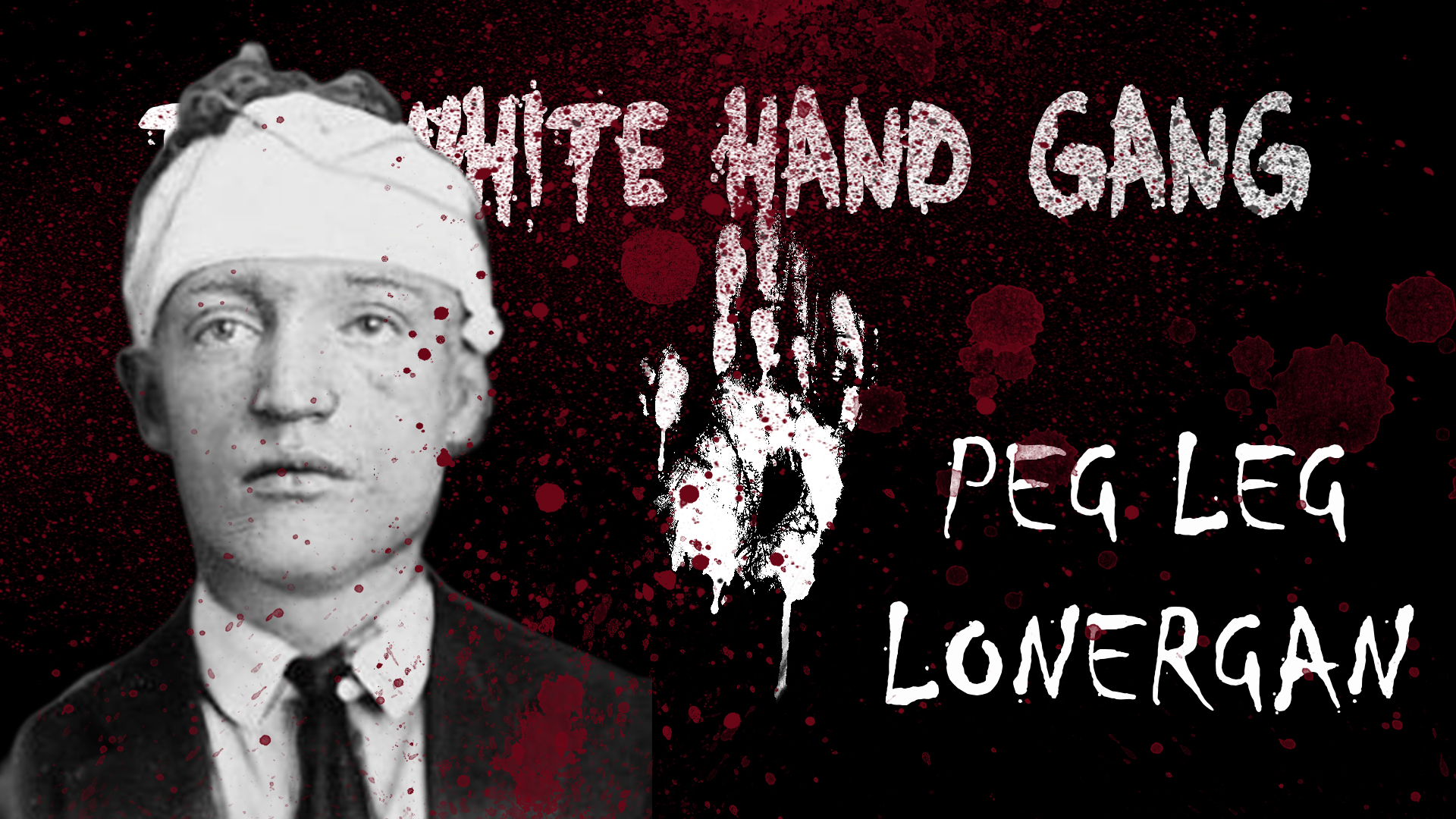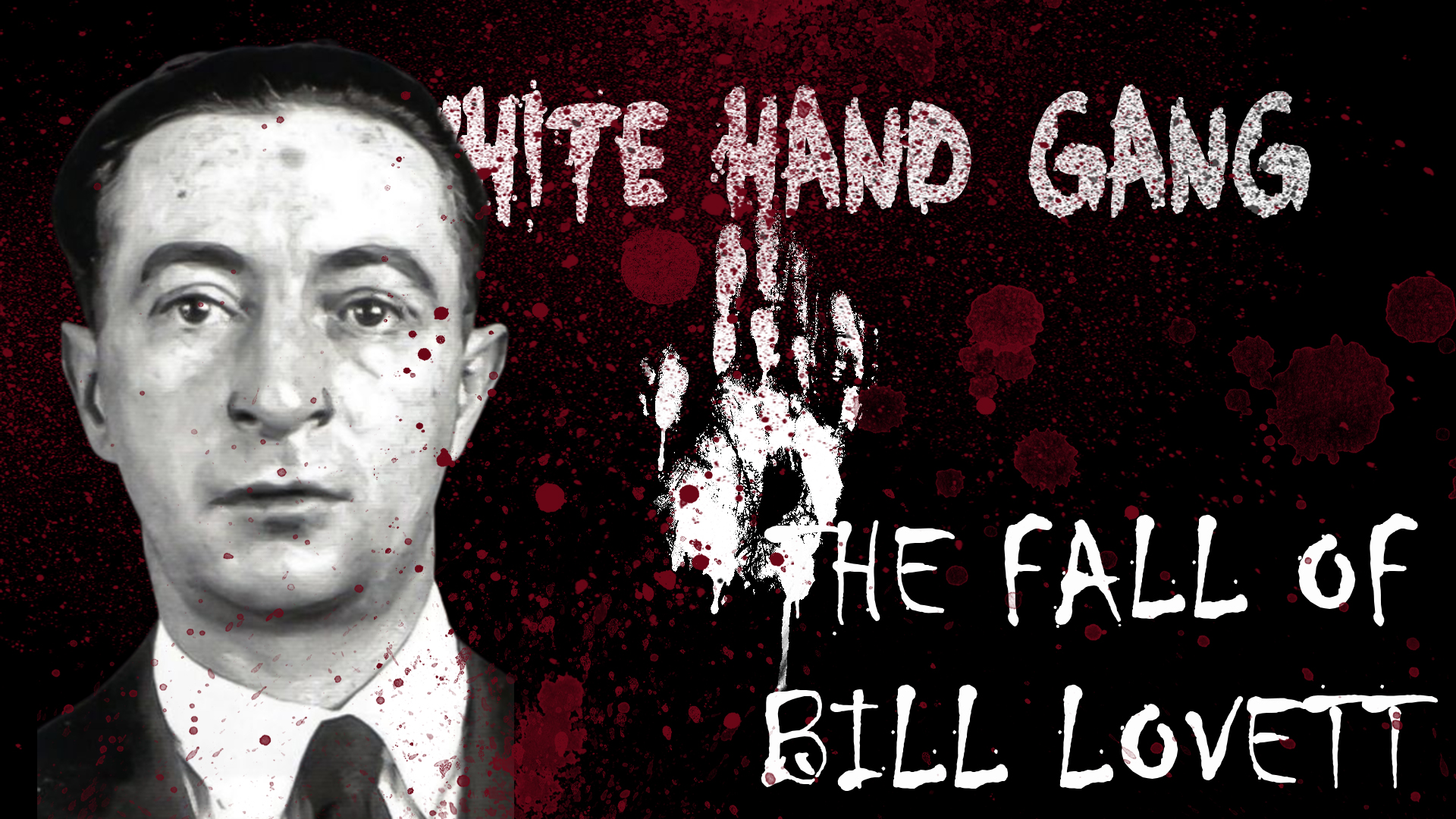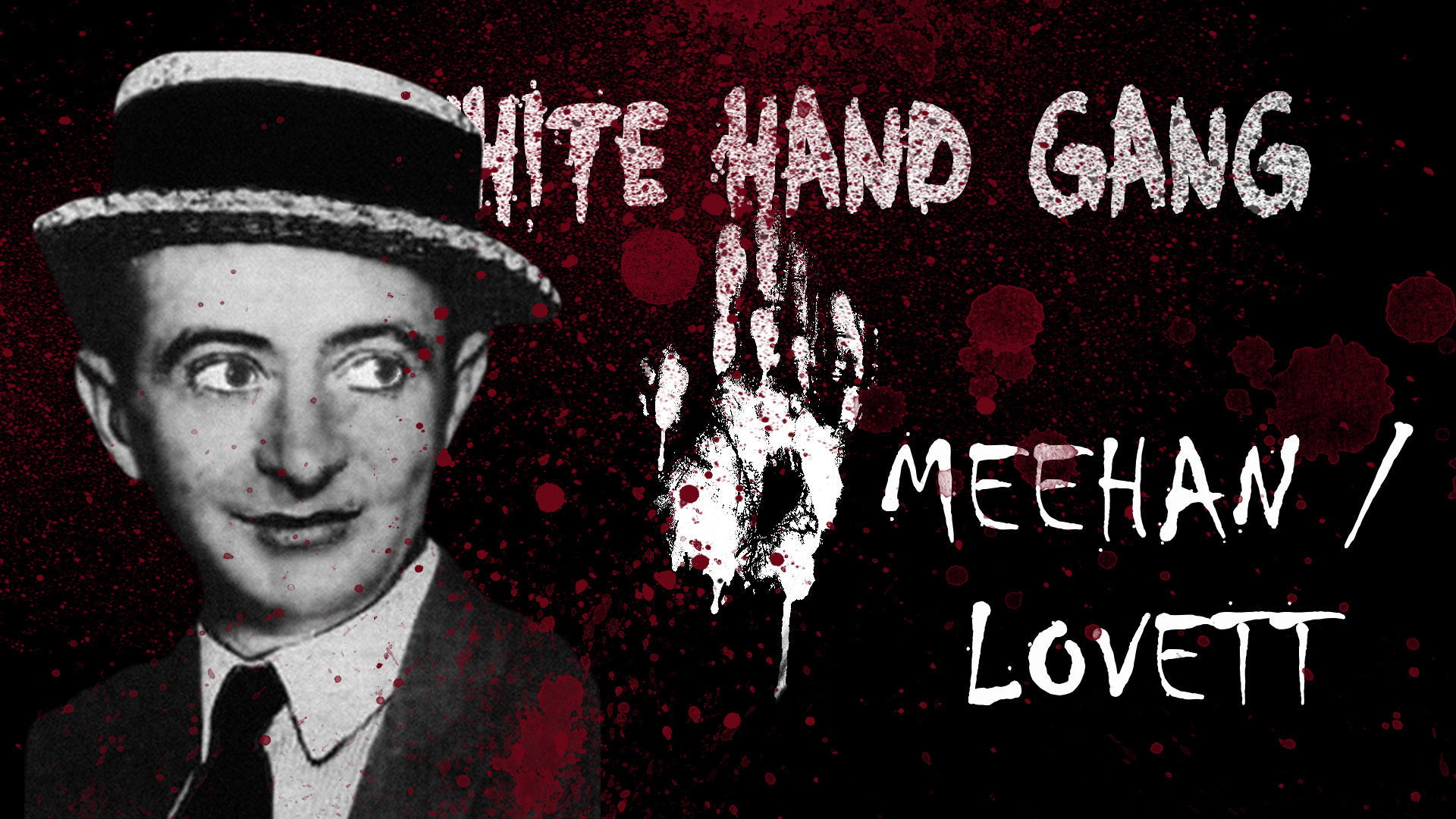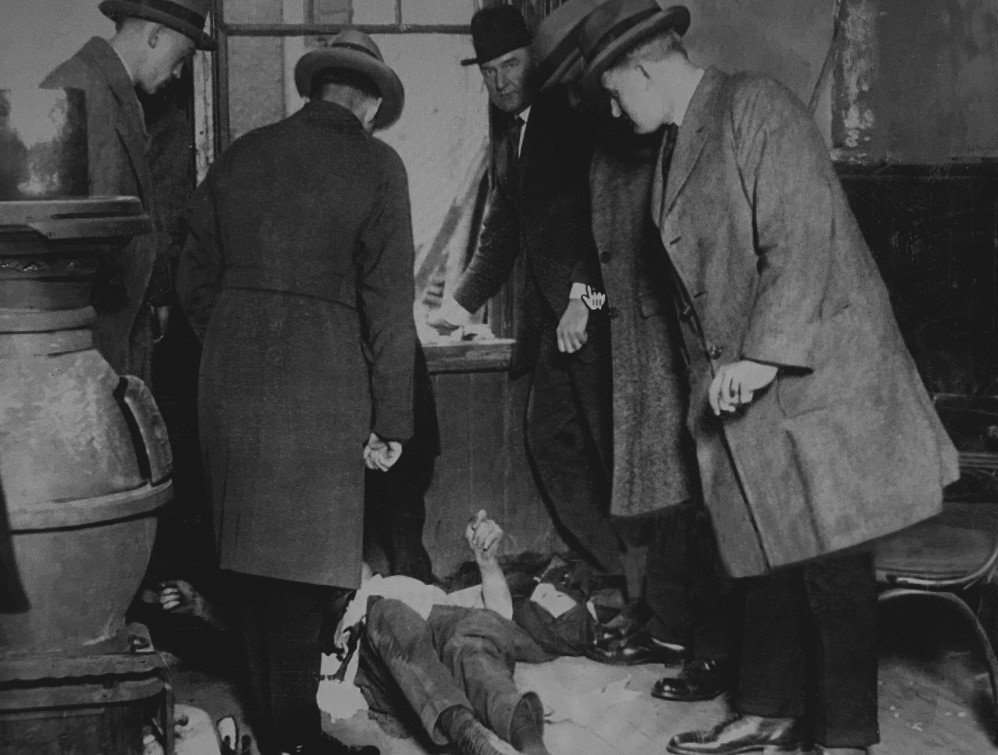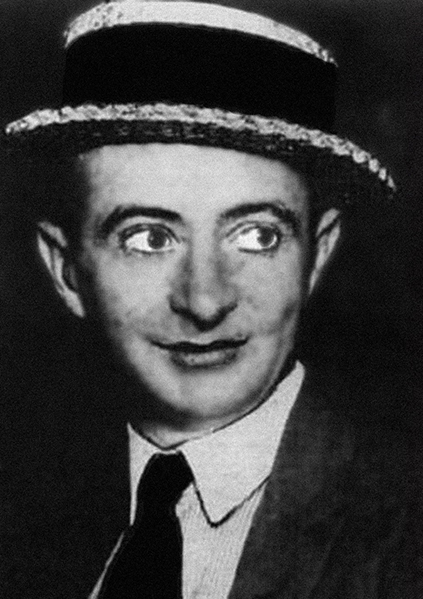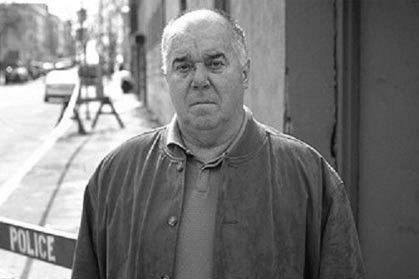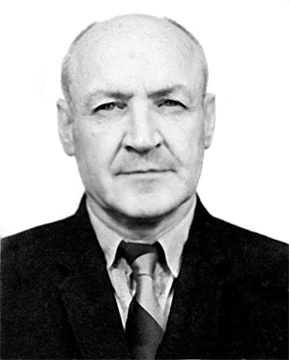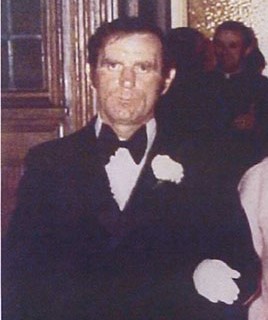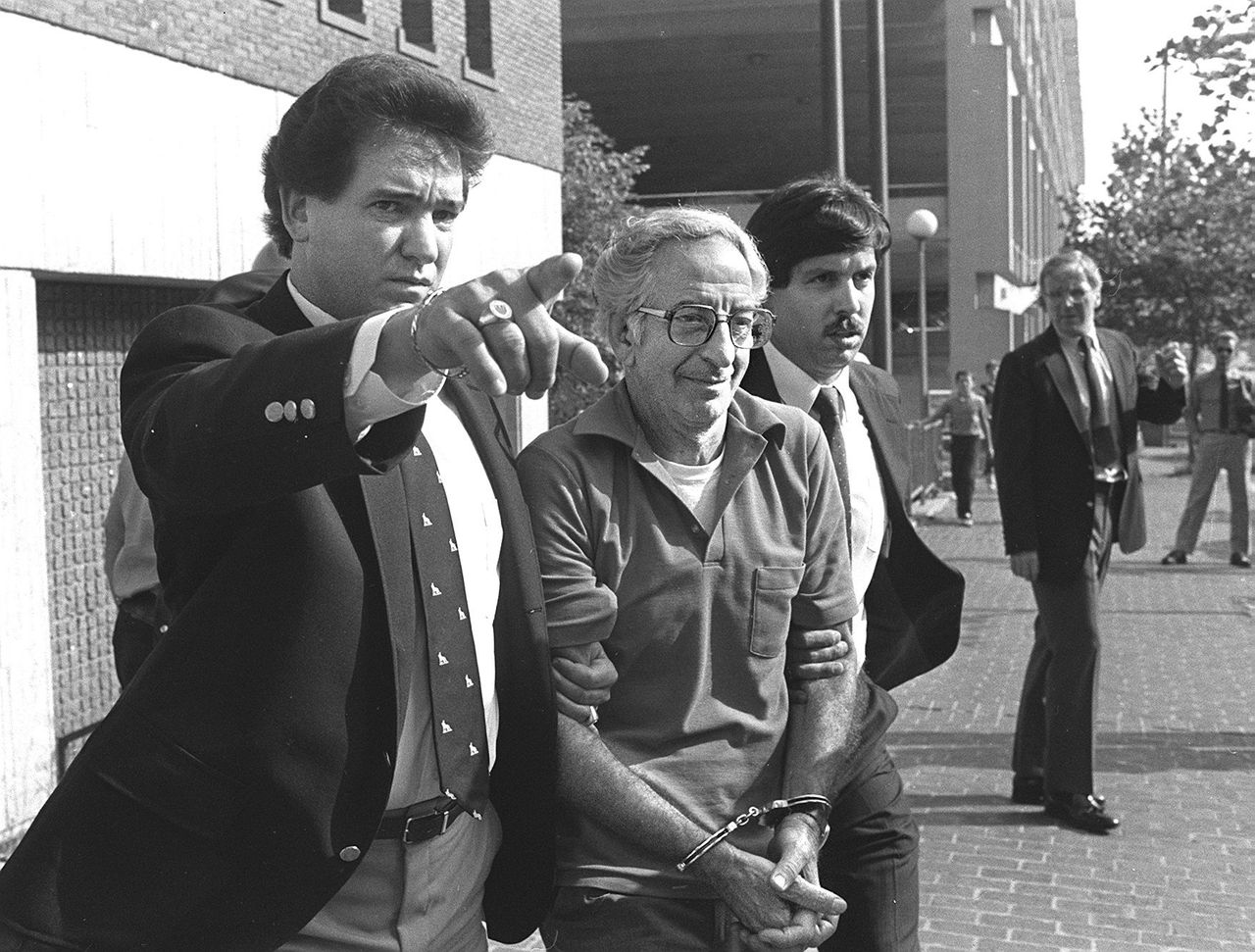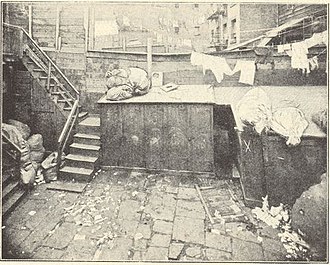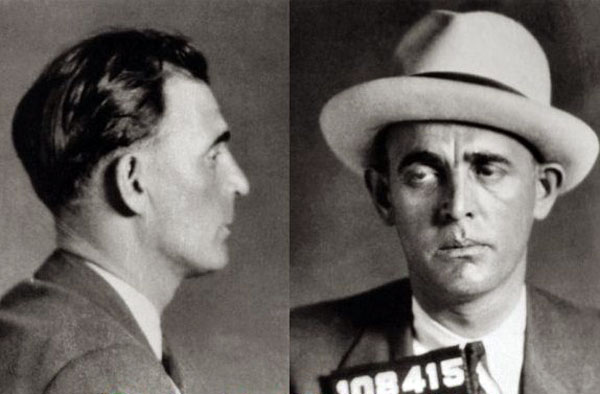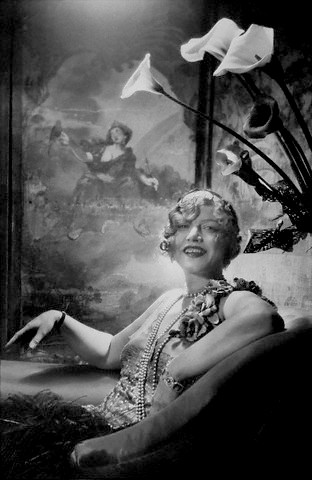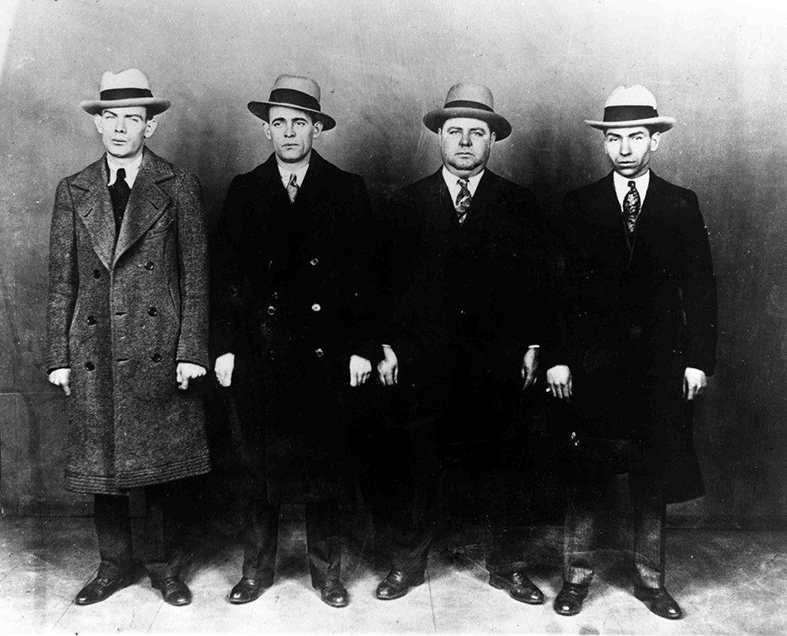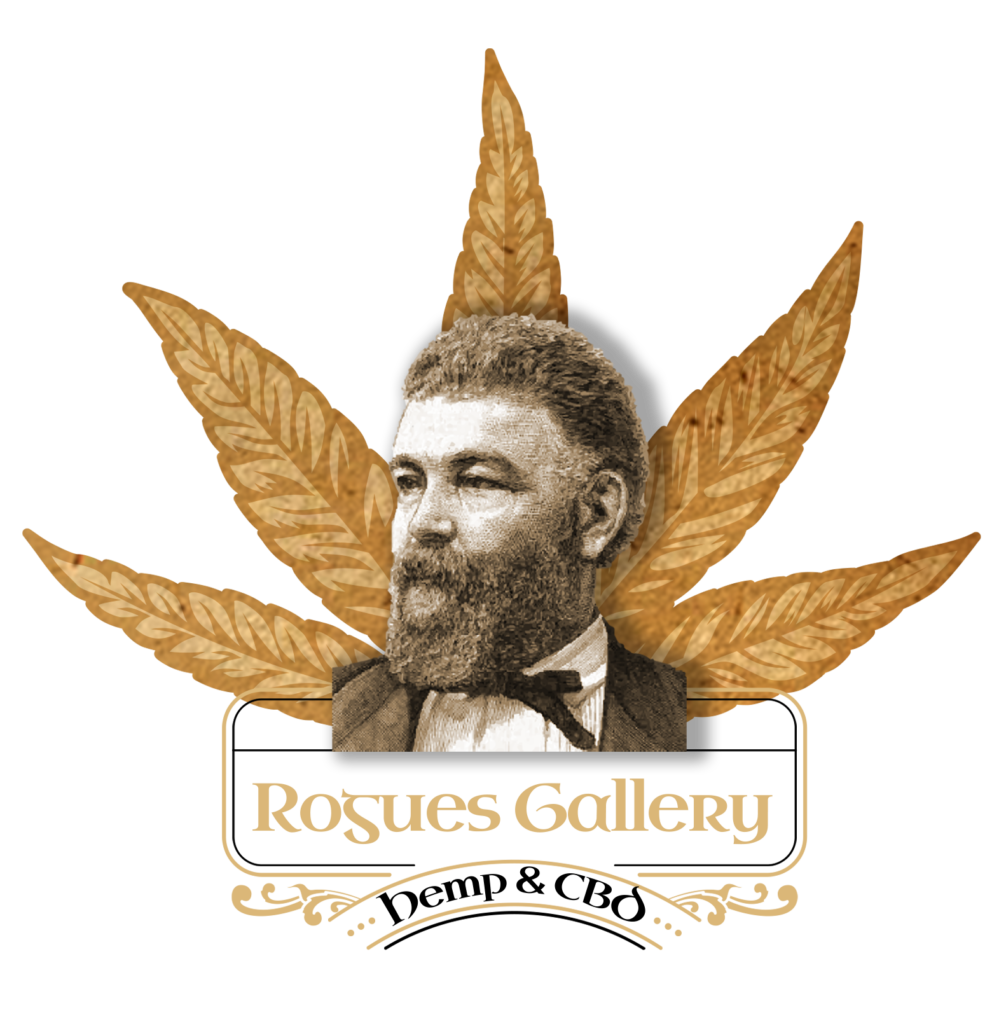“The General” Martin Cahill was a criminal from Dublin, a burglar, armed robber & art thief, who was eventually assassinated in 1994 by the IRA. This story was the subject to a book by Paul Williams and a highly acclaimed 1998 movie starring Brendan Gleeson and John Voight, called the General.
While the Irish Mob had seen its peak in the US and in other parts of the world, organised crime in Ireland didnt really become organised until quite late, the 1960’s and it has continued to flourish to this day
By the age of 15 Martin Cahill had been frequently skipping school along with his brother Eddie, were small time criminals committing burglaries around Dublin. At aged 16 Martin Cahill was sentenced to an Industrial School in Daingean County Offaly, an institution run by the Oblates of Mary Immaculate. As is the case in most criminal’s stories, institutions such as this, the regime only serves to enforce criminal behaviour rather than the opposite. Martin Cahill was released and resumed his criminal ways.

Mountjoy Prison – Dublin
“Reform school was my primary school, St.Patrick’s Institution my secondary school, and Mountjoy my university – they taught me everything I know.” Martin Cahill on his education.
Despite his lack of formal education Cahill quite intelligent and would become somewhat a national anti-hero for his exploits, he was perceived by some as a Robin Hood type character and his brushes with the law became legendary. But he also wasnt afraid to let the violent side of him come out. In one example, when he was cut off from his weekly social welfare payment, he found out who authorized the stoppage, kidnapped him, then shot him in both legs, his payment resumed the following week.
Throughout the 1960’s Martin Cahill and his brothers Eddie, Michael, Paddy, John & Anthony were a virtual crime-wave committing burglaries in the more affluent areas of Dublin. In the 1980’s Cahill broke into the Gardai (Police) Technical Bureau where confiscated weapons were stored, he took a large amount of handguns, machine guns and grenades, the Gardai (Police) were not aware of the break in and missing weapons until a later date when the unit was being transferred to a new station in Dublin. Over time they did recover these weapons after they had been used in other jobs.
For 14 years Martin Cahill was the prominent gangster in Dublin, and Ireland, his name mentioned in almost every major crime that happened during that period and with good reason:

Some of the stolen paintings that were recovered
As an Art thief Cahill and his gang pulled off an art heist stealing 18 paintings worth more than £1 million (€2,487,984). On the night in question, the gang made thier way to Russborough House in County Wicklow, before they broke into the house they opened a window slightly and set off the alarms, the gang then hid in the bushes and waited for the response team to arrive, when they arrived the searched the grounds and looked around and thought it was just a false alarm so left. Once they had left the gang made their way into the house and took 18 paintings down and left. Though 16 paintings were eventually recovered, 2 are still missing. These paintings would be his eventual downfall.
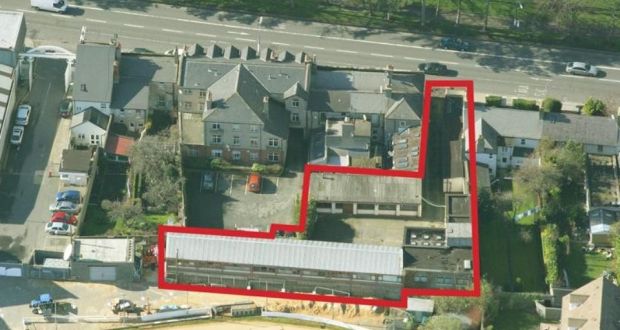
O’Connors Jewellers – Harolds Cross, Dublin
As diamond thieves the gang successfully robbed O’Connors jewellers in Harolds Cross, Dublin, with military precision. They stole an impressive haul of IR£2 million worth of gold and diamonds, in todays value is worth around €2.55 Million. However, this robbery would come at the cost of 100 people who lost their jobs as O’Connors closed down. This robbery would also show Cahills more violent side again, in effort to offlad the haul the gold was melted down and transported to the U.K for sale, its reported that a bar of gold was missing in transport, Cahill summoned one of his associates and crucified him by nailing him to a snooker table, he was eventually let him go because no one would endure that much pain if they were guilty.
He was just as well known exploits and mockery of the Gardai (Police) that made him popular with people and the media. After a major robbery or job, Cahill would spend the night sleeping in the front of a Garda station, providing himself an alibi for most of the night. He found out where the Gardai played golf or were the majority of members, Strokestown Golf Club their golf club and dug holes in some of the greens, they in return killed all of his beloved pigeons. Martin Cahill would regularly travel up to the Wicklow Mountains and move the stolen paintings from place to place. Again showing how he could outwit the Gardaí, a patrol car followed Cahill over the course of a few hours, Cahill brought them on a drive to nowhere, the Garda car ran out of petrol after the long journey, Cahill was smart enough to bring his own canister of petrol, filling his car and leaving the Gardaí well behind.
To say the Irish government and Gardai of that time were not prepared for organized crime and criminals was an understatement, it was a new phenomenon and most resources were used on the Provisional IRA and other groups, so criminals had a head-start but the Government did start to catch up and give more resources to fight crime.
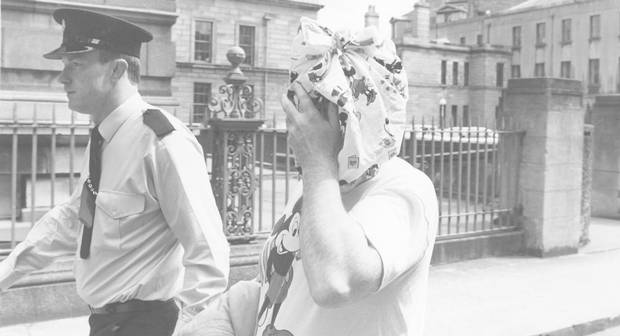
Martin Cahill being arrested
Eventually Cahill and his gang would be placed under 24 hour surveillance, very in your face surveillance, they created the Tango Squad with the sole purpose of harassing, following and keeping Cahill under scrutiny. A neighbour, John Sisk would allow the squad to use his property which looked on to the rear of Cahills house in an effort to keep the pressure on Cahill, the surveillance wasnt just reserved for Cahill, his entire crew was under the same surveillance techniques. One night in question Cahill called a meeting of the gang in his house, they all arrived with their Garda escorts, soon the entire neighbourhood was full of patrol cars and gangsters. Cahill decided that they should all leave the house at intervals all dressed the same, so as to create confusion, one by one the gang left the house dressed the same as Cahill and went in different directions, the cops, seriously confused didnt know who to follow.
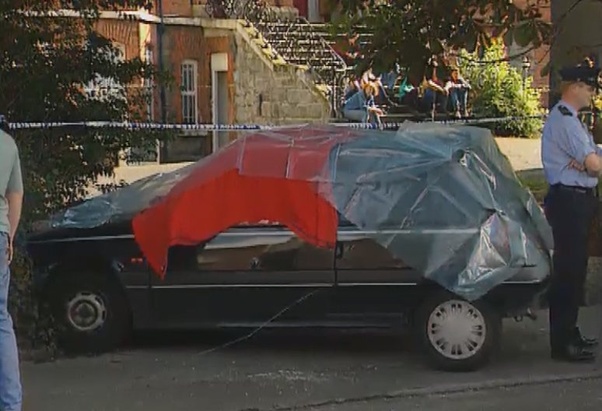
Martin Cahills car after assassination
It would all come to an end in 1994. The paintings from Russborough House proved to be Cahills downfall, he would find out that stealing art was easy, fencing it would prove more difficult after some attempts to sell the art and no buyers, he ended up doing some business with the UVF, which didnt go down well with the IRA, Cahill had a stormy relationship with them anyway but this was the final straw and he went top of the hit-list. On 18th August 1994 as Cahill was left his house, a gunman who was waiting in broad daylight shot him with a .357 Magnum. The Provisional IRA released a statement soon after the hit claiming responsibility. This too would be one of the final hits that the Provisional IRA carried out, they announced the historic ceasefire soon after.
Sources:
https://www.independent.ie/
https://www.independent.co.uk/
https://www.irishtimes.com/
https://books.google.ie/books
https://ktdudley13.wordpress.com
Paul Williams – The General: The Godfather of Crime

